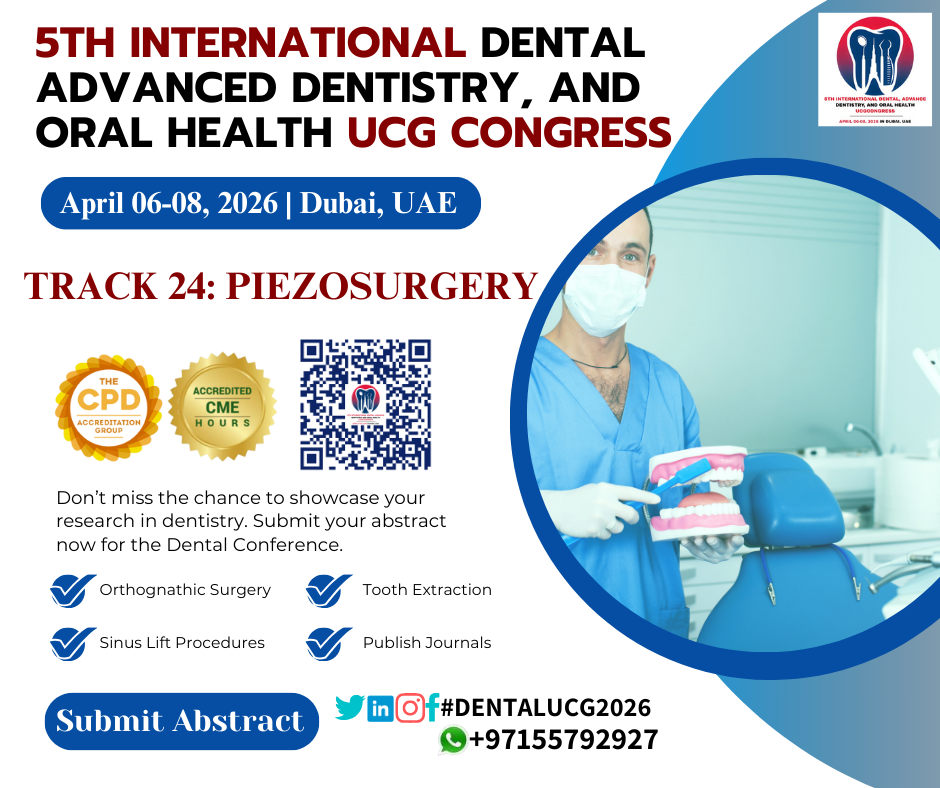Piezo surgery: Overview and Applications
Piezo surgery is an advanced technique that utilizes ultrasonic vibrations to cut bone tissue with high precision while minimizing damage to surrounding soft tissues. This technology is particularly beneficial in surgical fields like dentistry, maxillofacial surgery, otolaryngology, orthopedics, and neurosurgery.
How Piezo surgery Works?
Piezo surgery devices operate by converting electrical energy into ultrasonic mechanical vibrations. These vibrations are transferred to a handpiece with a specialized cutting tip. The key principle is selective cutting: the ultrasonic frequency is tuned to target mineralized tissues (bone) while sparing soft tissues such as nerves, blood vessels, and membranes.
Key Features and Benefits
- Precision: Enables fine and accurate cuts, making it ideal for delicate procedures.
- Safety: Minimizes damage to soft tissues and reduces the risk of complications.
- Reduced Trauma: Results in less heat generation, swelling, and postoperative discomfort.
- Enhanced Visibility: Reduced bleeding improves visibility in the surgical field.
- Versatility: Effective for a wide range of procedures, including bone grafting and sinus lifts.
Applications of Piezo surgery
Dentistry and Oral Surgery:
- Extraction of impacted teeth
- Preparation of implant sites
- Sinus floor elevation (sinus lift)
- Bone graft harvesting
Maxillofacial Surgery:
- Orthognathic procedures
- Cyst or tumor removal in sensitive areas
- Osteotomy for jaw realignment
Neurosurgery:
- Skull base surgeries
- Removal of bone near critical neural structures
Otolaryngology (ENT):
- Treatment of sinus disorders
- Rhinoplasty procedures
Orthopedics:
- Cutting and shaping bones in joint replacement or repair surgeries
Limitations
- Learning Curve: Requires specialized training to optimize results.
- Time-Consuming: Procedures may take longer compared to conventional tools.
- Cost: Initial investment in the device is relatively high.
Conclusion
Piezo surgery is a revolutionary advancement in surgical technology that combines safety, precision, and versatility. Its applications across various medical fields continue to expand, making it an essential tool for modern surgical practices.





